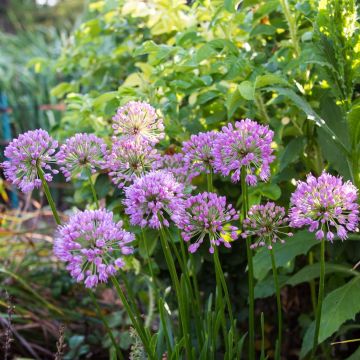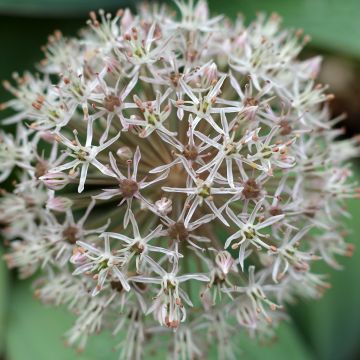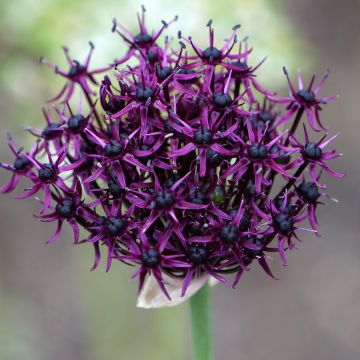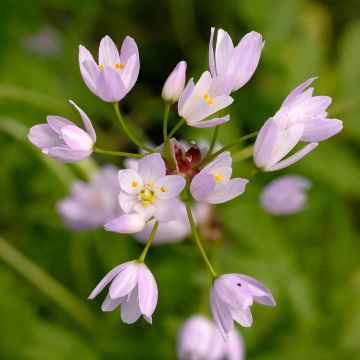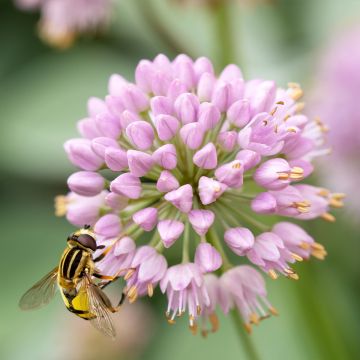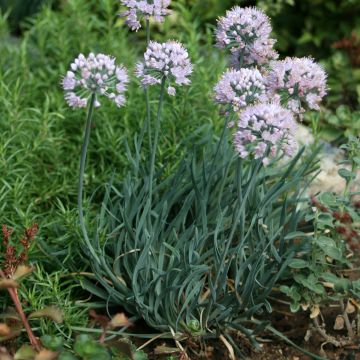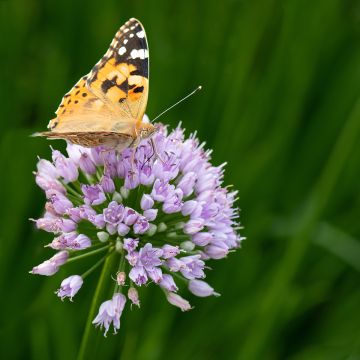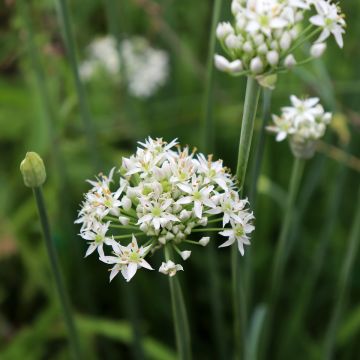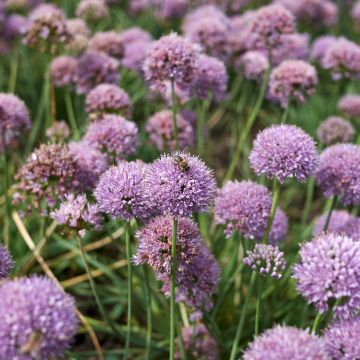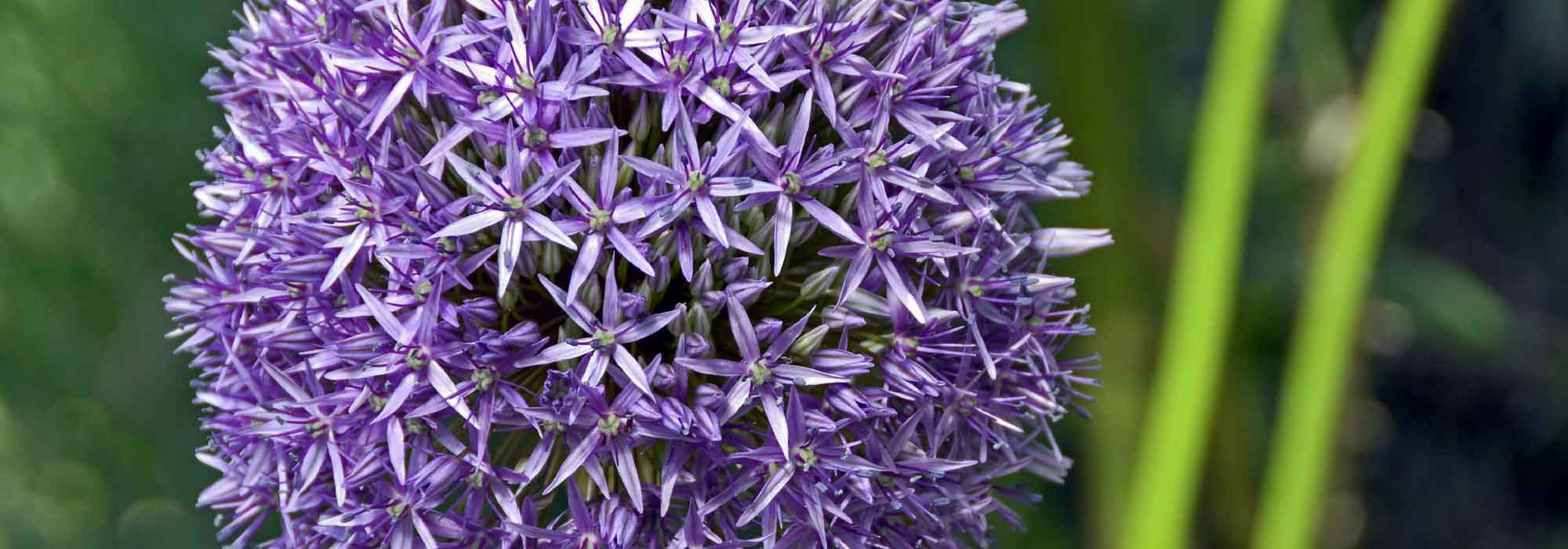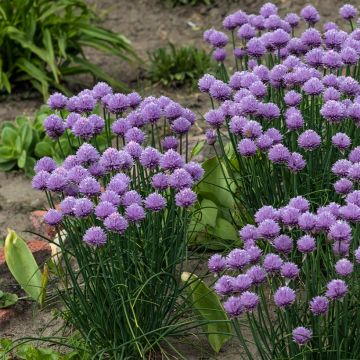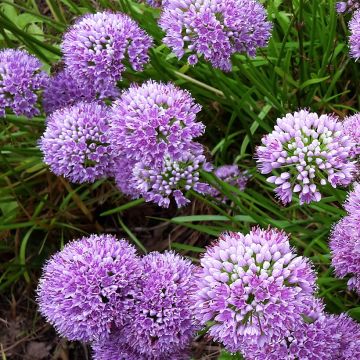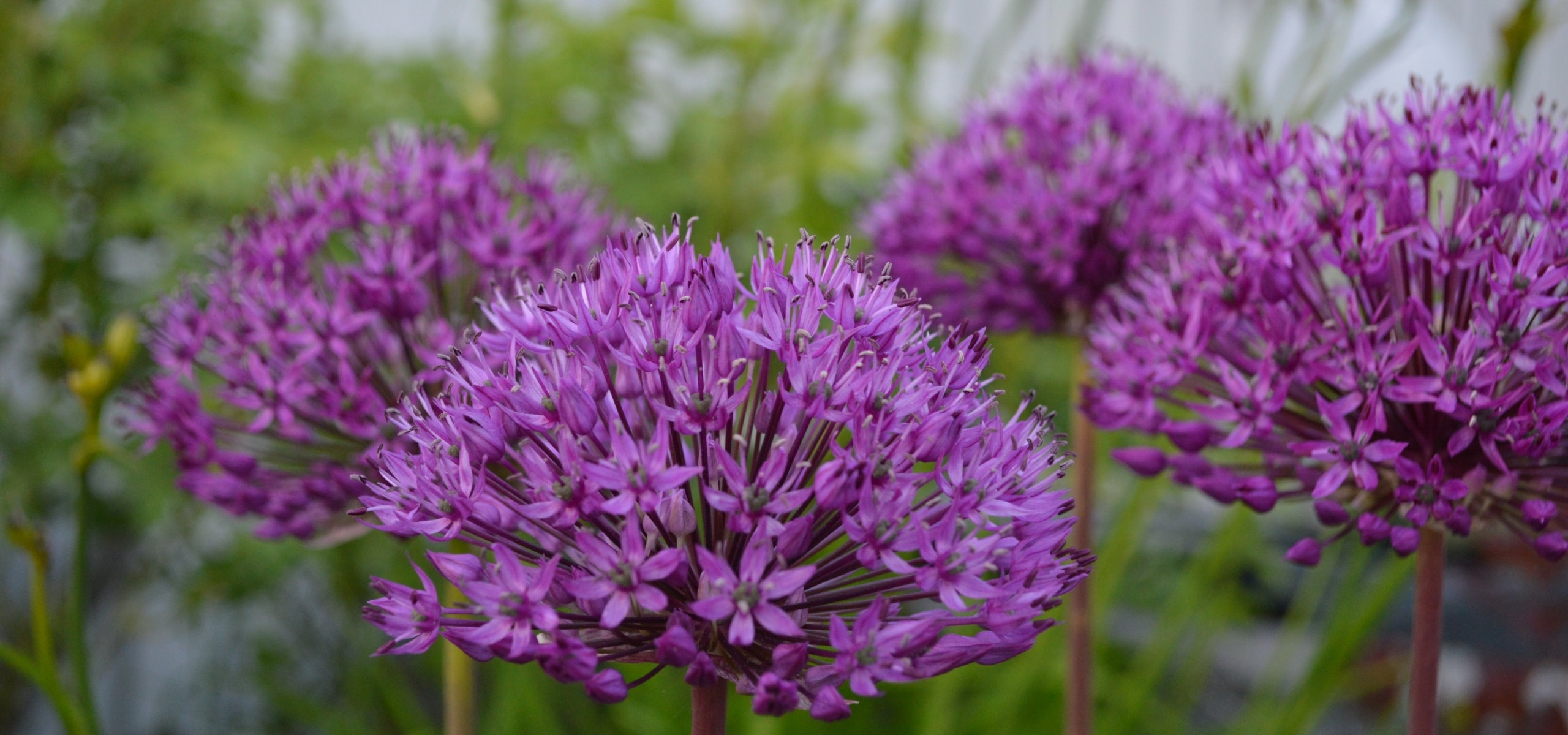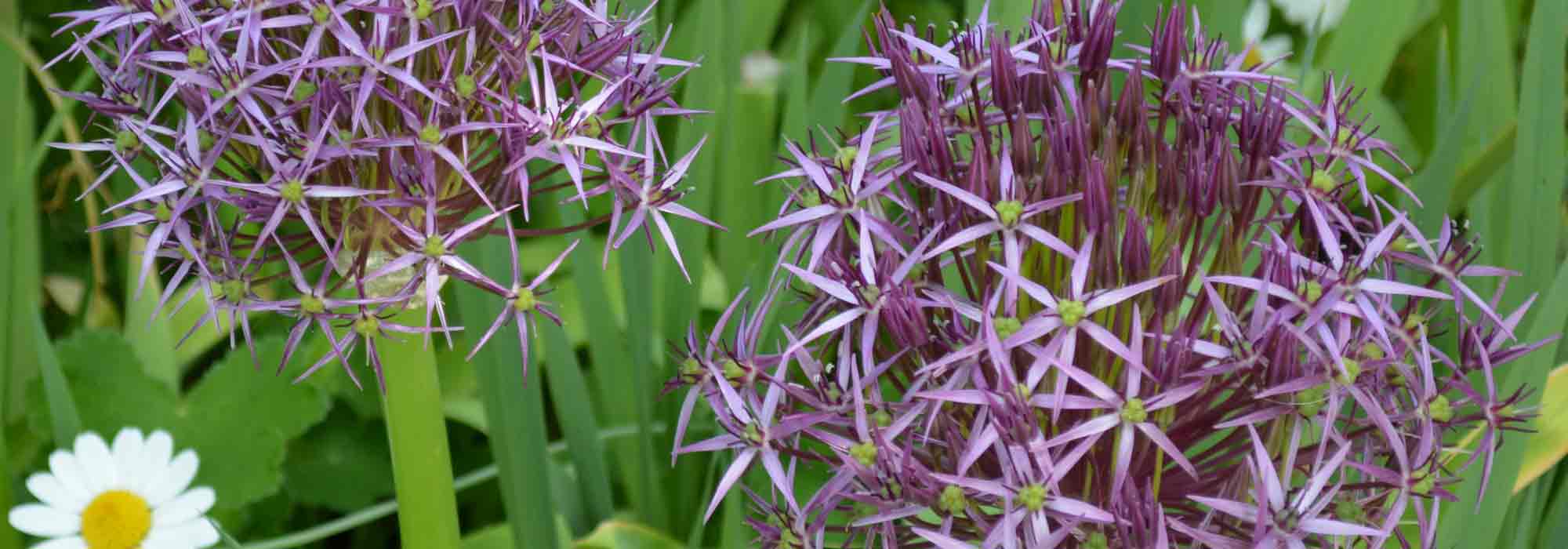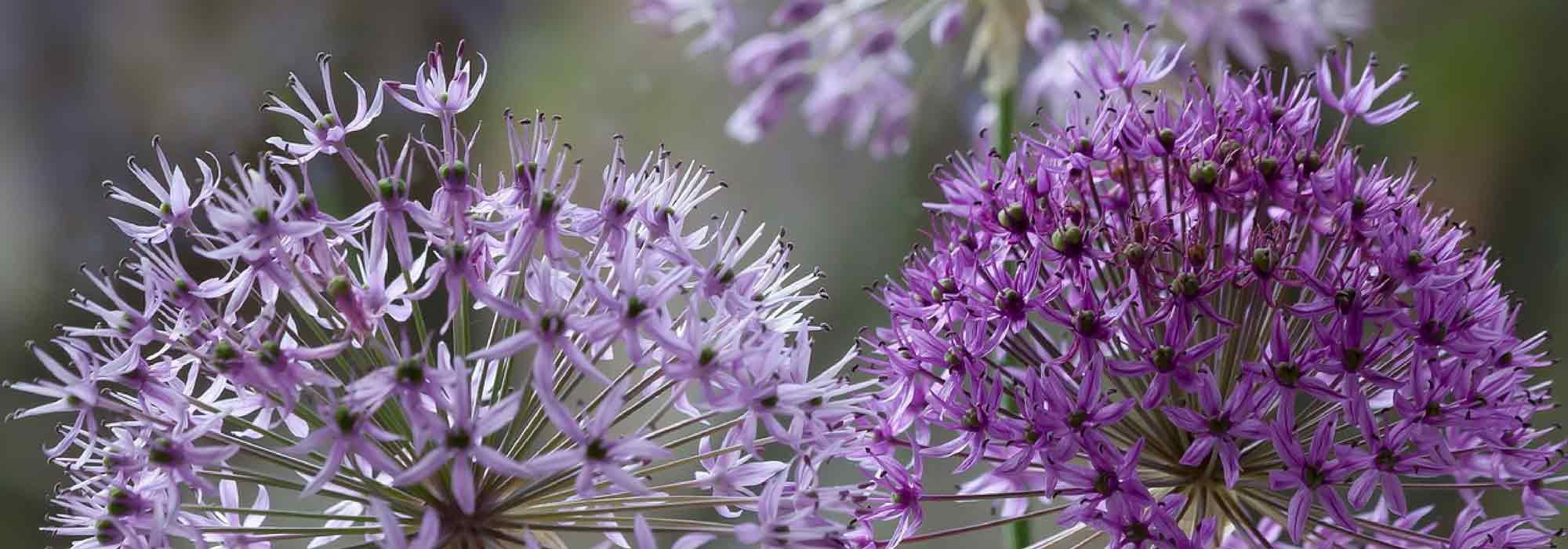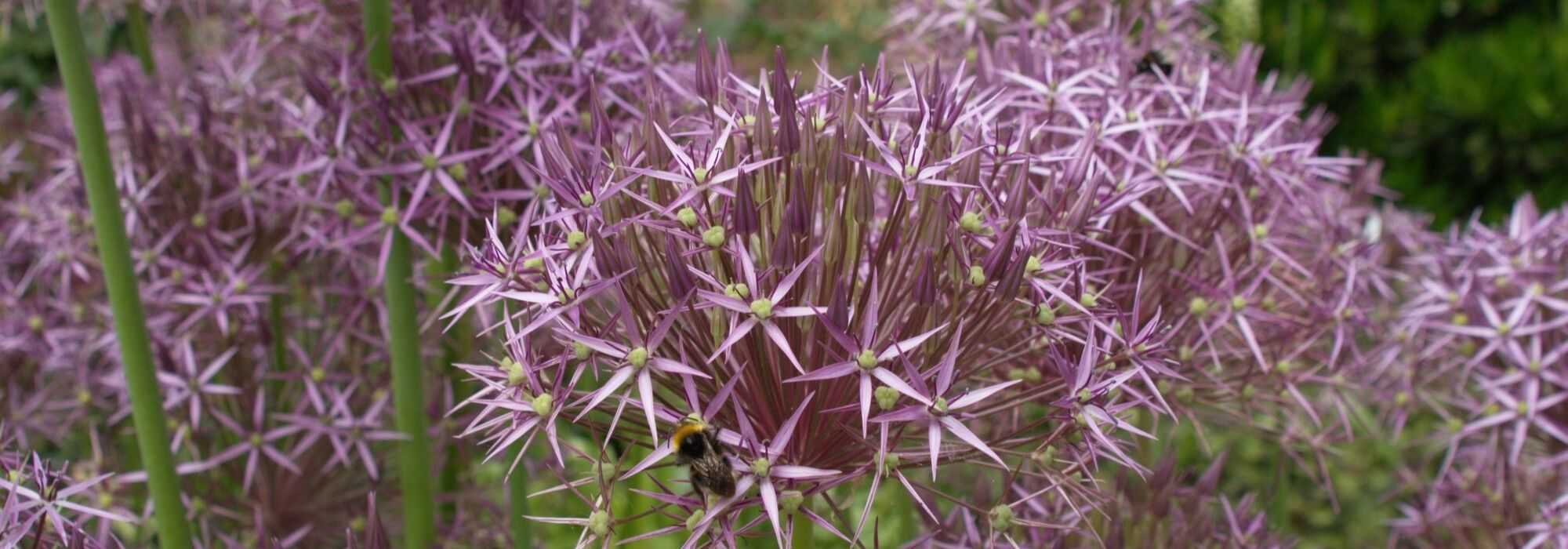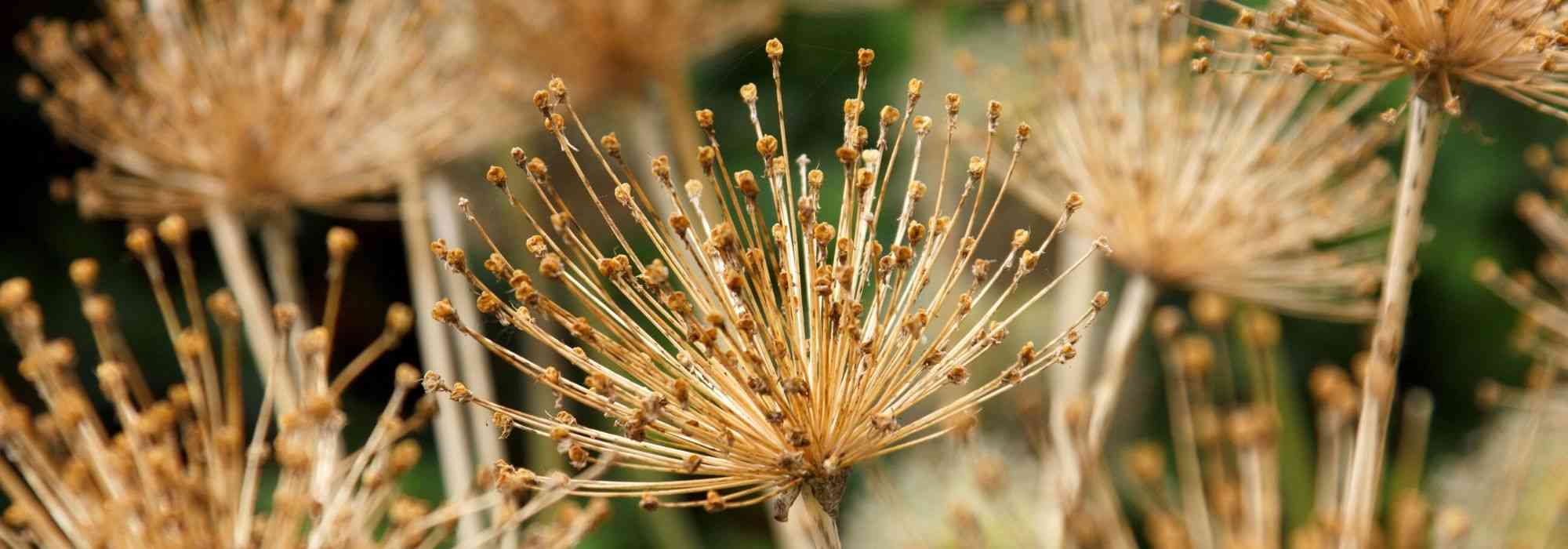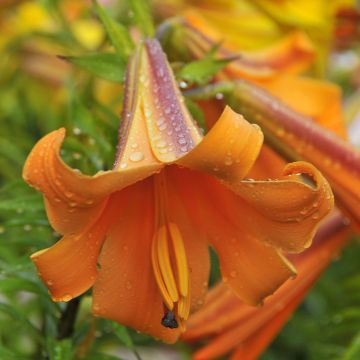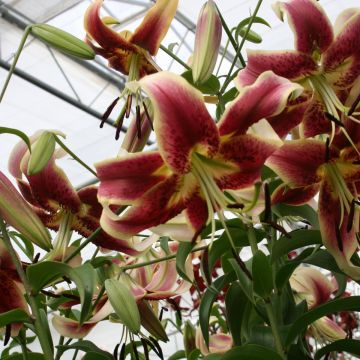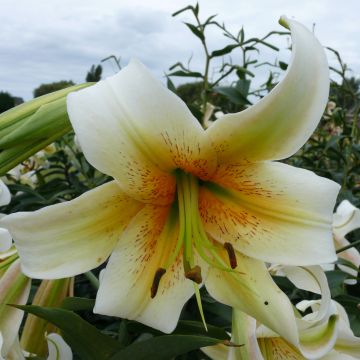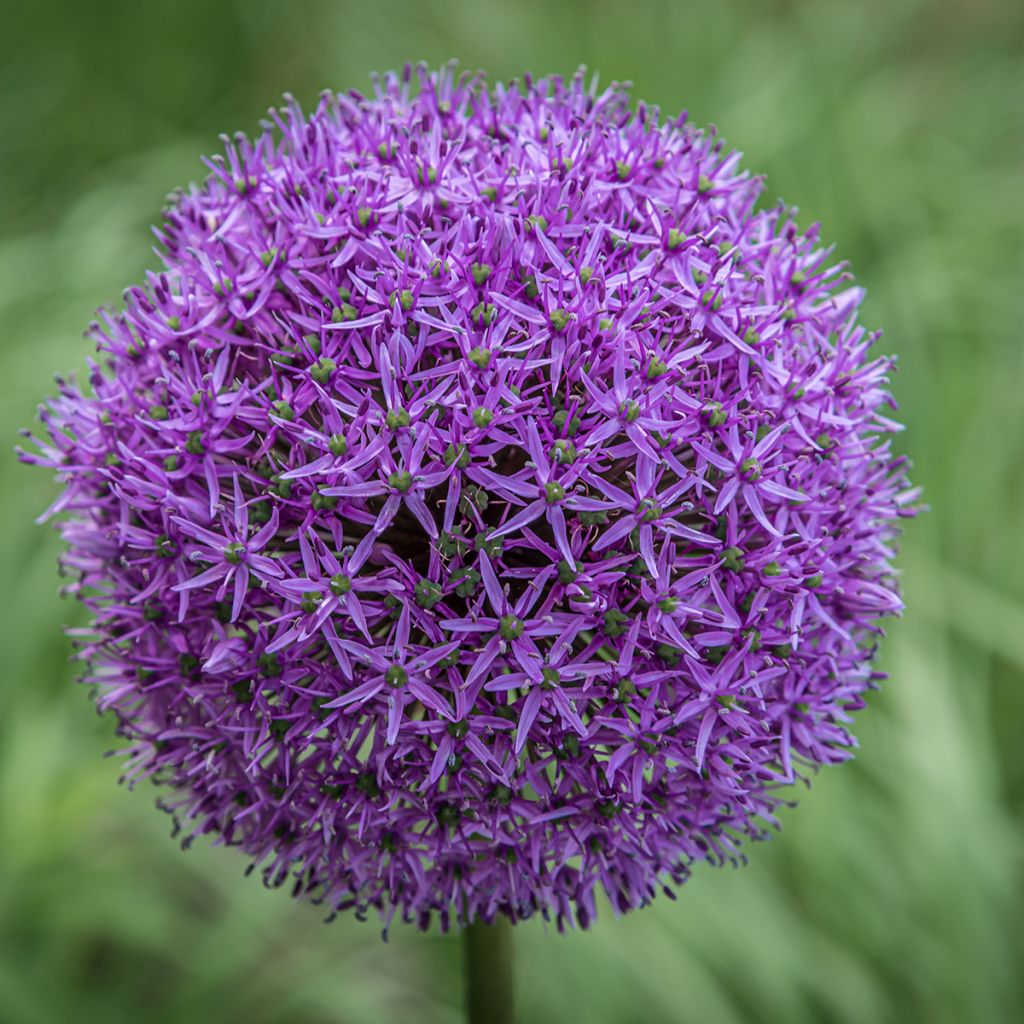

Allium Gladiator
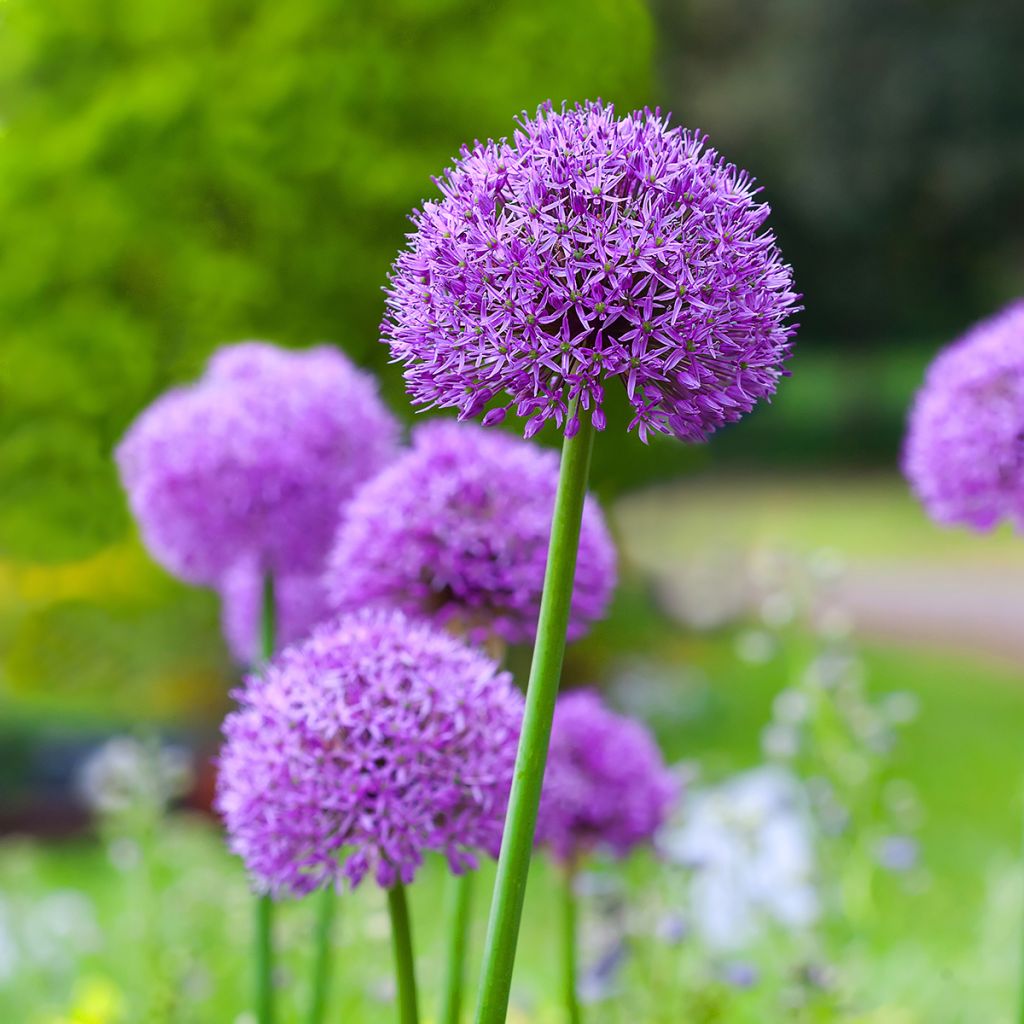

Allium Gladiator
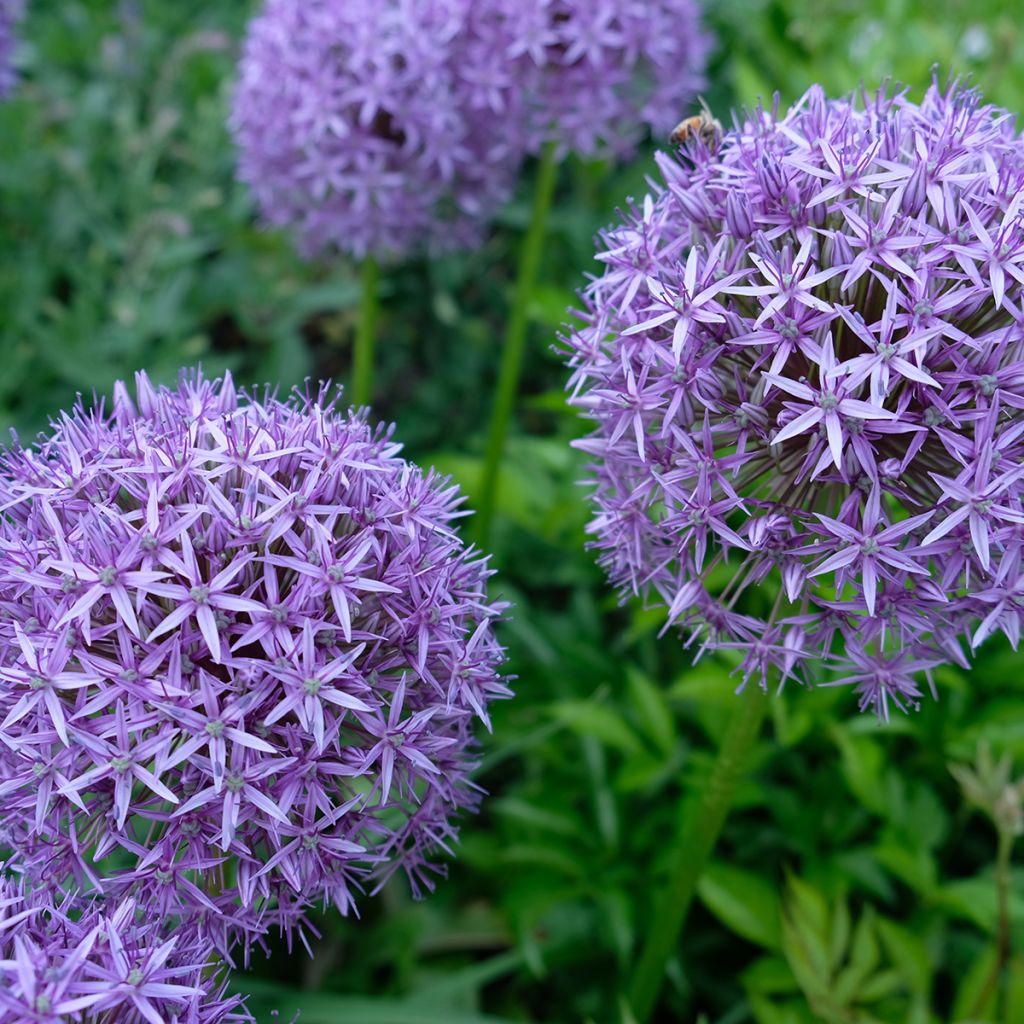

Allium Gladiator
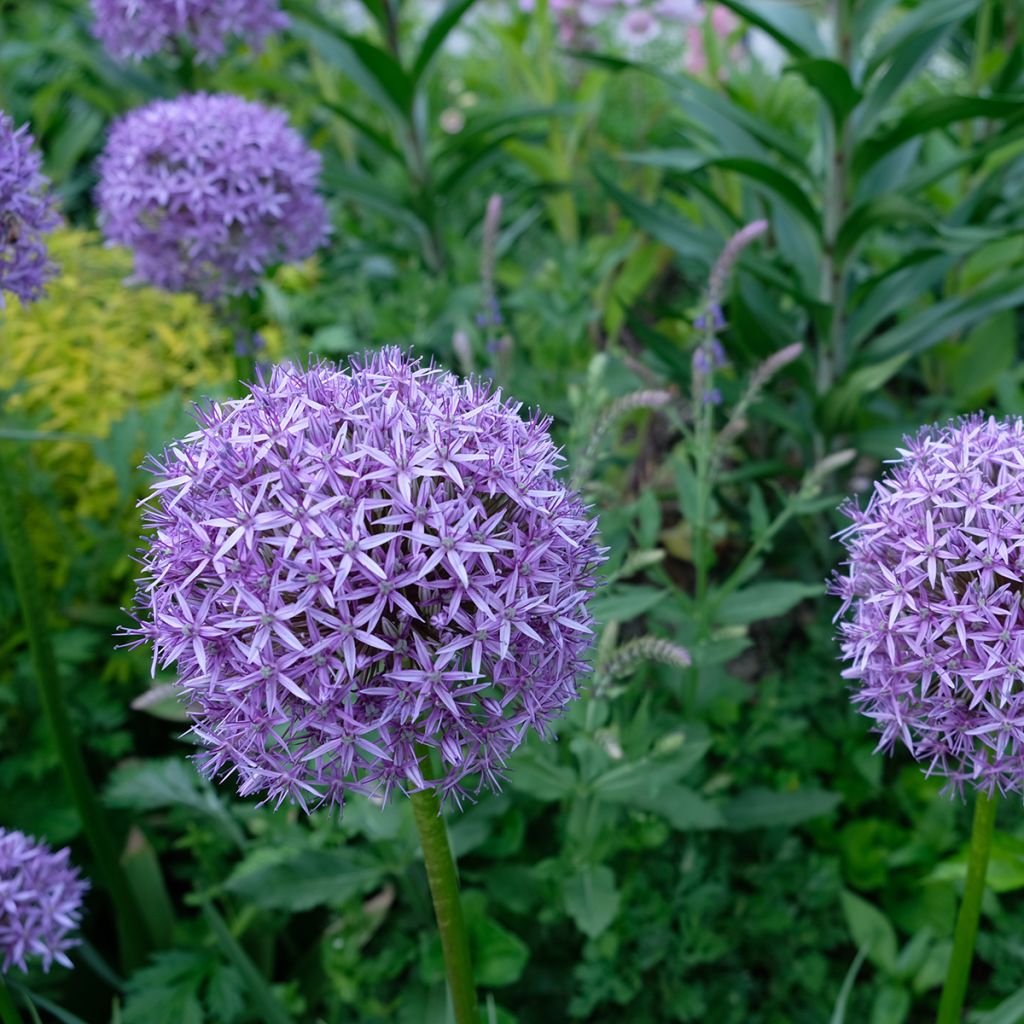

Allium Gladiator
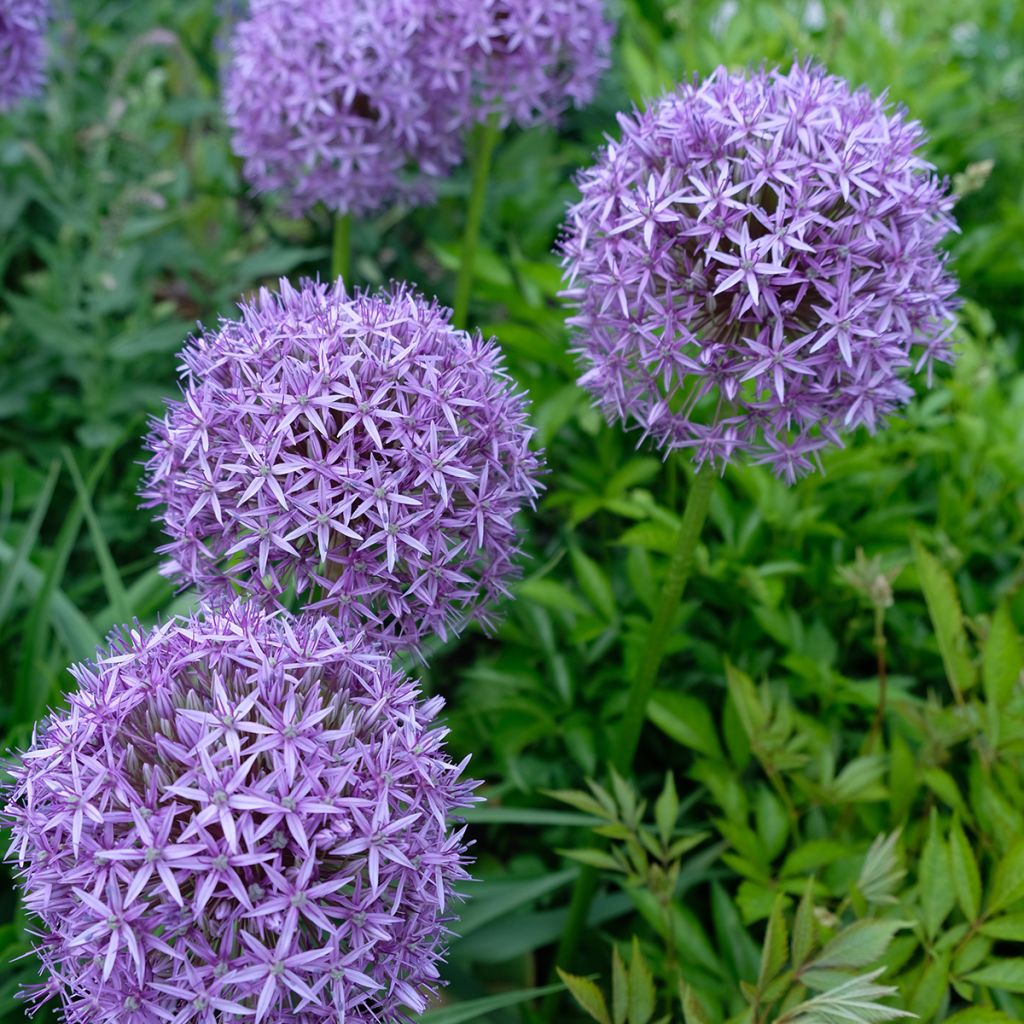

Allium Gladiator
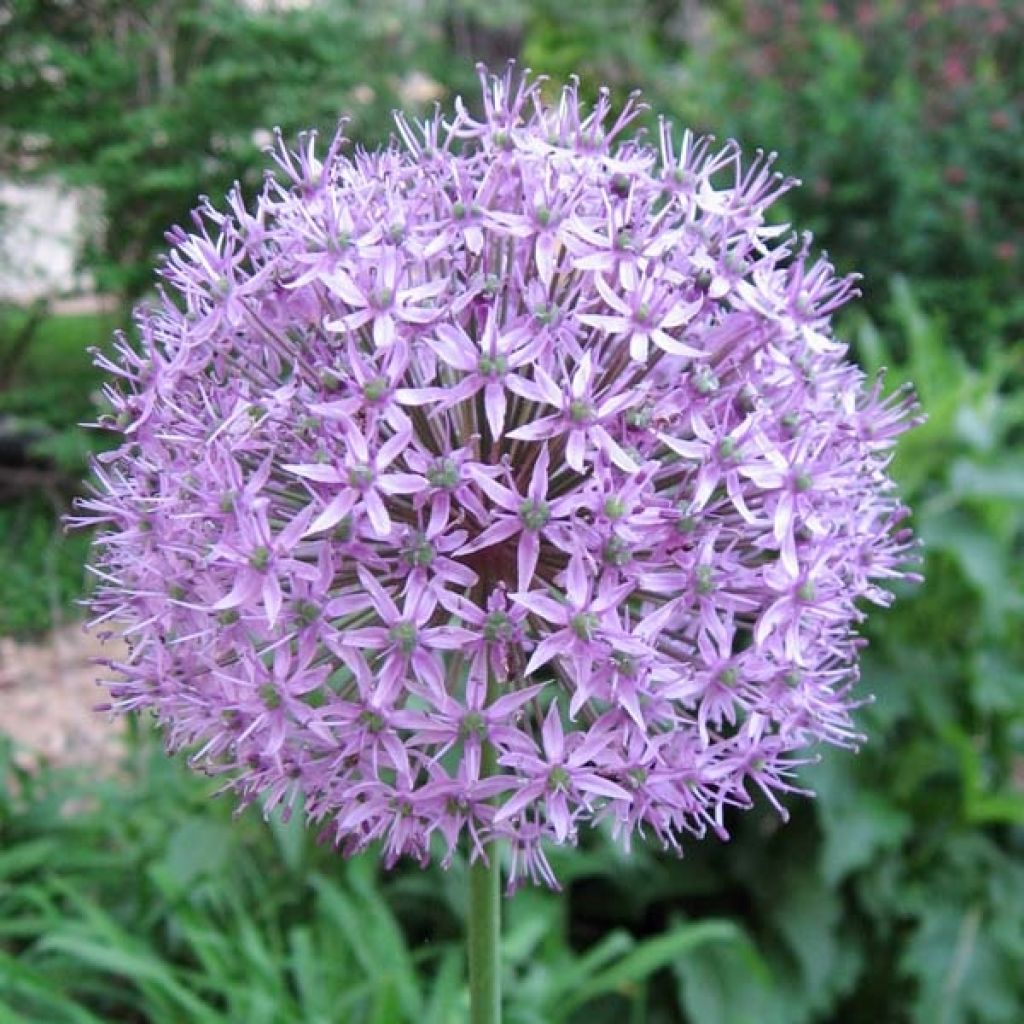

Allium Gladiator
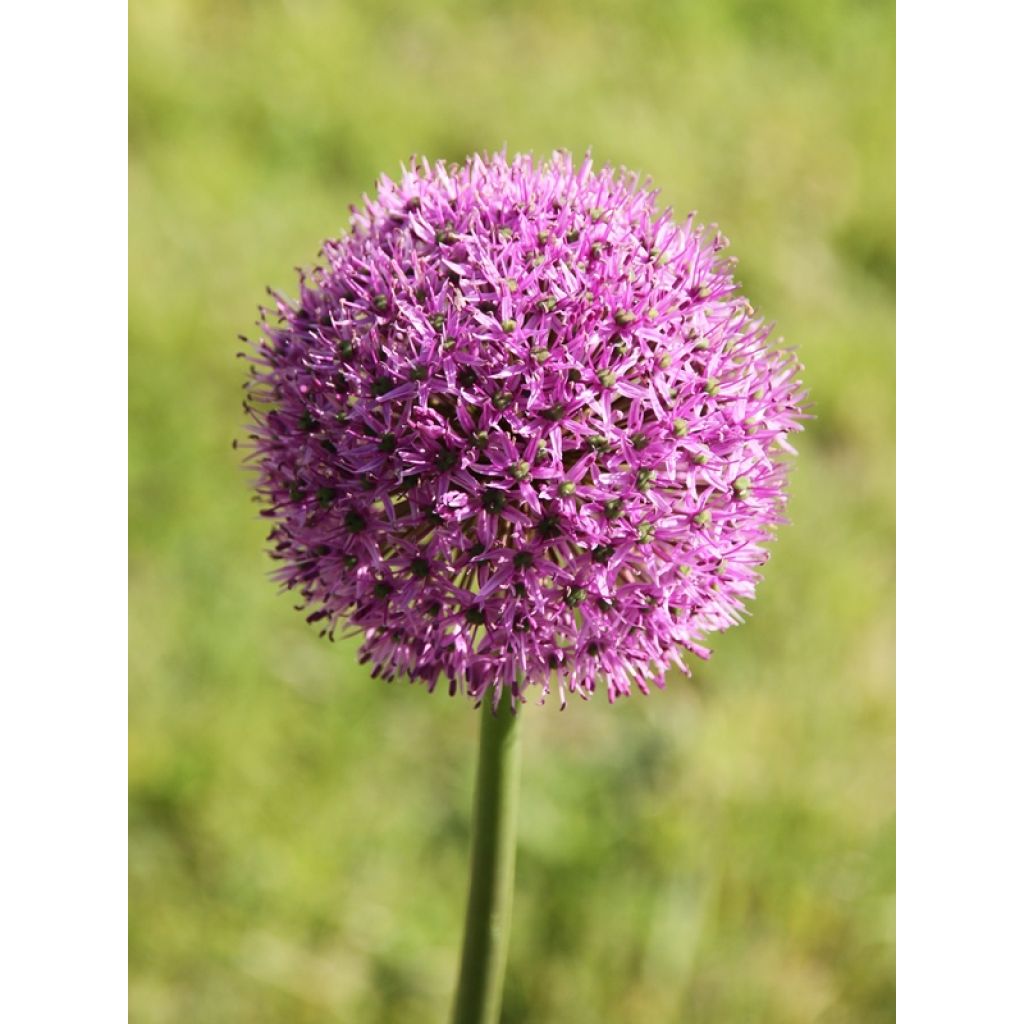

Allium Gladiator
Allium Gladiator
Allium aflatunense x macleanii Gladiator
Ornamental Onion, Flowering Garlic
It's hard to give a review when planting bulbs in the autumn! They are well wrapped, as big as Giganteum, dry and firm. We'll see in June if I've succeeded with them...
Christophe , 18/09/2024
Special offer!
Receive a €20 voucher for any order over €90 (excluding delivery costs, credit notes, and plastic-free options)!
1- Add your favorite plants to your cart.
2- Once you have reached €90, confirm your order (you can even choose the delivery date!).
3- As soon as your order is shipped, you will receive an email containing your voucher code, valid for 3 months (90 days).
Your voucher is unique and can only be used once, for any order with a minimum value of €20, excluding delivery costs.
Can be combined with other current offers, non-divisible and non-refundable.
Why not try an alternative variety in stock?
View all →This plant carries a 6 months recovery warranty
More information
We guarantee the quality of our plants for a full growing cycle, and will replace at our expense any plant that fails to recover under normal climatic and planting conditions.

Would this plant suit my garden?
Set up your Plantfit profile →
Description
Allium 'Gladiator' is an ornamental garlic that is both elegant and spectacular, with umbels of aerial flowers easily spotted from afar. They emerge in summer from shrub and large perennial beds, punctuating them with perfect spheres, neither truly purple nor truly pink, but a bright lilac-purple. Taller than the famous A. 'Globemaster', but with smaller flowers, this particularly reliable variety has been awarded by the renowned Royal Horticultural Society. It will faithfully flower year after year in summer, in well-drained soil and full sun. Beautiful in flower pots, its flowers are also perfect in dried or fresh bouquets.
A magnificent horticultural achievement, 'Gladiator' is the result of a cross-breeding between Allium aflatunense and A. macleanii. It is a robust and hardy variety in well-drained soil. It is a perennial bulbous plant belonging to the Amaryllidaceae family. This ornamental garlic develops its foliage in spring. It consists of several broad, recurved, glaucous green leaves with violet and slightly metallic reflections. Each leaf can reach 10cm (4in) wide. The foliage dries up and disappears as the flowering begins in June-July, depending on the region. A tall green stem, reaching up to 1.5m (5ft), emerges from the ground. A large floral bud covered with a green membrane develops at its tip. At full bloom, this globular umbel inflorescence can measure 15cm (6in) in diameter. It is composed of numerous tiny star-shaped flowers with 6 petals in a lilac-violet colour. This flowering attracts numerous pollinating insects, and the flower heads, devoid of fragrance, remain decorative in the beds once pollinated. The bulb replenishes its reserves after flowering and produces numerous bulbils, allowing it to multiply rapidly.
Isolated, 'Gladiator' is not particularly interesting, but when planted in large beds with perennials in shades of pink and blue, it becomes truly remarkable. Perfect in a contemporary setting with boxwood balls, for example, it is irreplaceable in a romantic mixed border. Place it in a carpet of Nepeta 'Six Hill Giant' and Stachys byzantina, not far from herbaceous peonies with large flowers, such as 'Break a Day' or 'Bowl of Beauty'. Set it against a backdrop of lush pink-flowering roses: 'Eglantyne', 'Heritage' or 'Mary Rose'. In any case, consider accompanying it with low-growing and bushy plants such as perennial geraniums, which will hide its base once the foliage has dried up. For a more dynamic effect, its flowers can structure a modern garden where various geometric shapes oppose each other. For example, it can be combined with Stipa tenuissima, lavender, and trimmed lonicera nitida.
In short, the possibilities are endless. There is certainly a corner of your garden where this garlic will work wonders.
Allium Gladiator in pictures
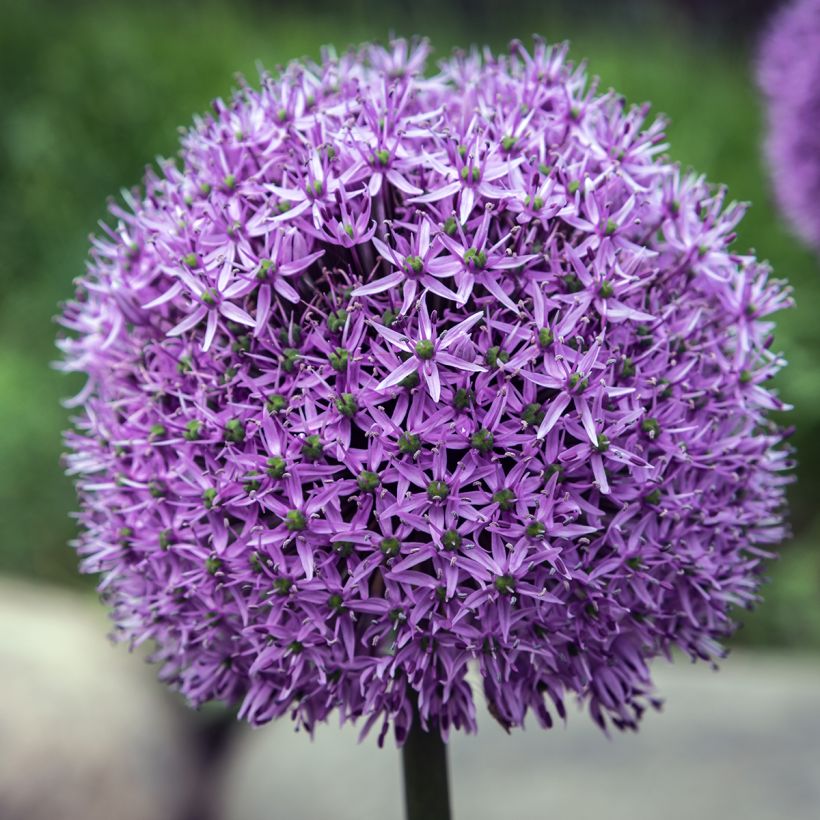

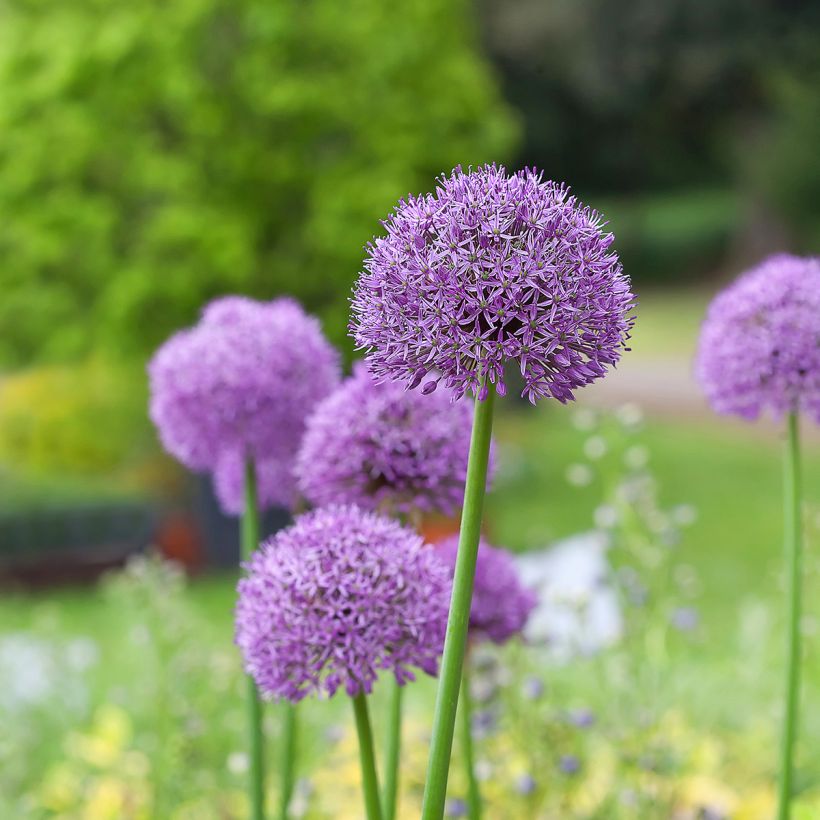

Plant habit
Flowering
Foliage
Botanical data
Allium
aflatunense x macleanii
Gladiator
Alliaceae - Liliaceae
Ornamental Onion, Flowering Garlic
Cultivar or hybrid
Other Allium
View all →Planting and care
Alliums are easy-to-grow in light, loose, and well-drained soil. Plant them preferably before the end of October so that they have time to establish. They are sensitive to moisture, especially in winter in clayey and heavy soils. Give them a sunny spot in well-drained soils, even sandy or rocky ones. Plant larger bulbs at a depth of 10 or 15cm (4 or 6in), spaced 40cm (16in). Plant smaller bulbs at a depth of 10cm (4in), spaced 7cm (3in). They are undemanding but prefer poor soils.
Planting period
Intended location
Care
Planting & care advice
-
, onOrder confirmed
Reply from on Promesse de fleurs
Similar products
Haven't found what you were looking for?
Hardiness is the lowest winter temperature a plant can endure without suffering serious damage or even dying. However, hardiness is affected by location (a sheltered area, such as a patio), protection (winter cover) and soil type (hardiness is improved by well-drained soil).

Photo Sharing Terms & Conditions
In order to encourage gardeners to interact and share their experiences, Promesse de fleurs offers various media enabling content to be uploaded onto its Site - in particular via the ‘Photo sharing’ module.
The User agrees to refrain from:
- Posting any content that is illegal, prejudicial, insulting, racist, inciteful to hatred, revisionist, contrary to public decency, that infringes on privacy or on the privacy rights of third parties, in particular the publicity rights of persons and goods, intellectual property rights, or the right to privacy.
- Submitting content on behalf of a third party;
- Impersonate the identity of a third party and/or publish any personal information about a third party;
In general, the User undertakes to refrain from any unethical behaviour.
All Content (in particular text, comments, files, images, photos, videos, creative works, etc.), which may be subject to property or intellectual property rights, image or other private rights, shall remain the property of the User, subject to the limited rights granted by the terms of the licence granted by Promesse de fleurs as stated below. Users are at liberty to publish or not to publish such Content on the Site, notably via the ‘Photo Sharing’ facility, and accept that this Content shall be made public and freely accessible, notably on the Internet.
Users further acknowledge, undertake to have ,and guarantee that they hold all necessary rights and permissions to publish such material on the Site, in particular with regard to the legislation in force pertaining to any privacy, property, intellectual property, image, or contractual rights, or rights of any other nature. By publishing such Content on the Site, Users acknowledge accepting full liability as publishers of the Content within the meaning of the law, and grant Promesse de fleurs, free of charge, an inclusive, worldwide licence for the said Content for the entire duration of its publication, including all reproduction, representation, up/downloading, displaying, performing, transmission, and storage rights.
Users also grant permission for their name to be linked to the Content and accept that this link may not always be made available.
By engaging in posting material, Users consent to their Content becoming automatically accessible on the Internet, in particular on other sites and/or blogs and/or web pages of the Promesse de fleurs site, including in particular social pages and the Promesse de fleurs catalogue.
Users may secure the removal of entrusted content free of charge by issuing a simple request via our contact form.
The flowering period indicated on our website applies to countries and regions located in USDA zone 8 (France, the United Kingdom, Ireland, the Netherlands, etc.)
It will vary according to where you live:
- In zones 9 to 10 (Italy, Spain, Greece, etc.), flowering will occur about 2 to 4 weeks earlier.
- In zones 6 to 7 (Germany, Poland, Slovenia, and lower mountainous regions), flowering will be delayed by 2 to 3 weeks.
- In zone 5 (Central Europe, Scandinavia), blooming will be delayed by 3 to 5 weeks.
In temperate climates, pruning of spring-flowering shrubs (forsythia, spireas, etc.) should be done just after flowering.
Pruning of summer-flowering shrubs (Indian Lilac, Perovskia, etc.) can be done in winter or spring.
In cold regions as well as with frost-sensitive plants, avoid pruning too early when severe frosts may still occur.
The planting period indicated on our website applies to countries and regions located in USDA zone 8 (France, United Kingdom, Ireland, Netherlands).
It will vary according to where you live:
- In Mediterranean zones (Marseille, Madrid, Milan, etc.), autumn and winter are the best planting periods.
- In continental zones (Strasbourg, Munich, Vienna, etc.), delay planting by 2 to 3 weeks in spring and bring it forward by 2 to 4 weeks in autumn.
- In mountainous regions (the Alps, Pyrenees, Carpathians, etc.), it is best to plant in late spring (May-June) or late summer (August-September).
The harvesting period indicated on our website applies to countries and regions in USDA zone 8 (France, England, Ireland, the Netherlands).
In colder areas (Scandinavia, Poland, Austria...) fruit and vegetable harvests are likely to be delayed by 3-4 weeks.
In warmer areas (Italy, Spain, Greece, etc.), harvesting will probably take place earlier, depending on weather conditions.
The sowing periods indicated on our website apply to countries and regions within USDA Zone 8 (France, UK, Ireland, Netherlands).
In colder areas (Scandinavia, Poland, Austria...), delay any outdoor sowing by 3-4 weeks, or sow under glass.
In warmer climes (Italy, Spain, Greece, etc.), bring outdoor sowing forward by a few weeks.






























